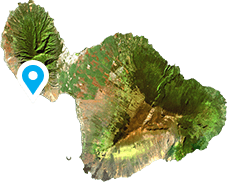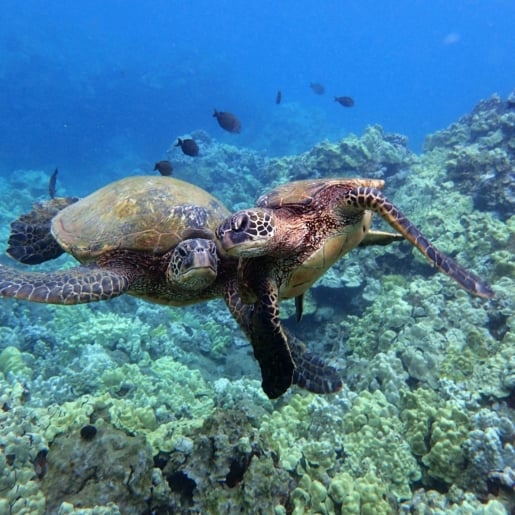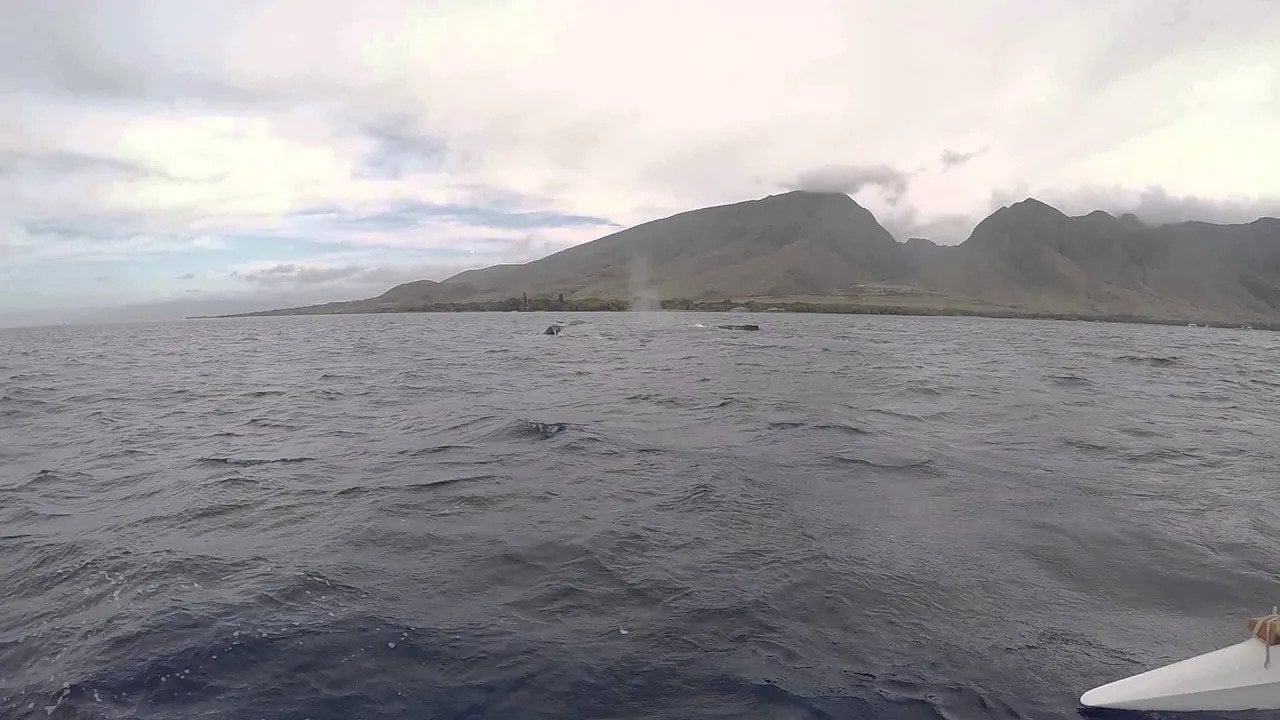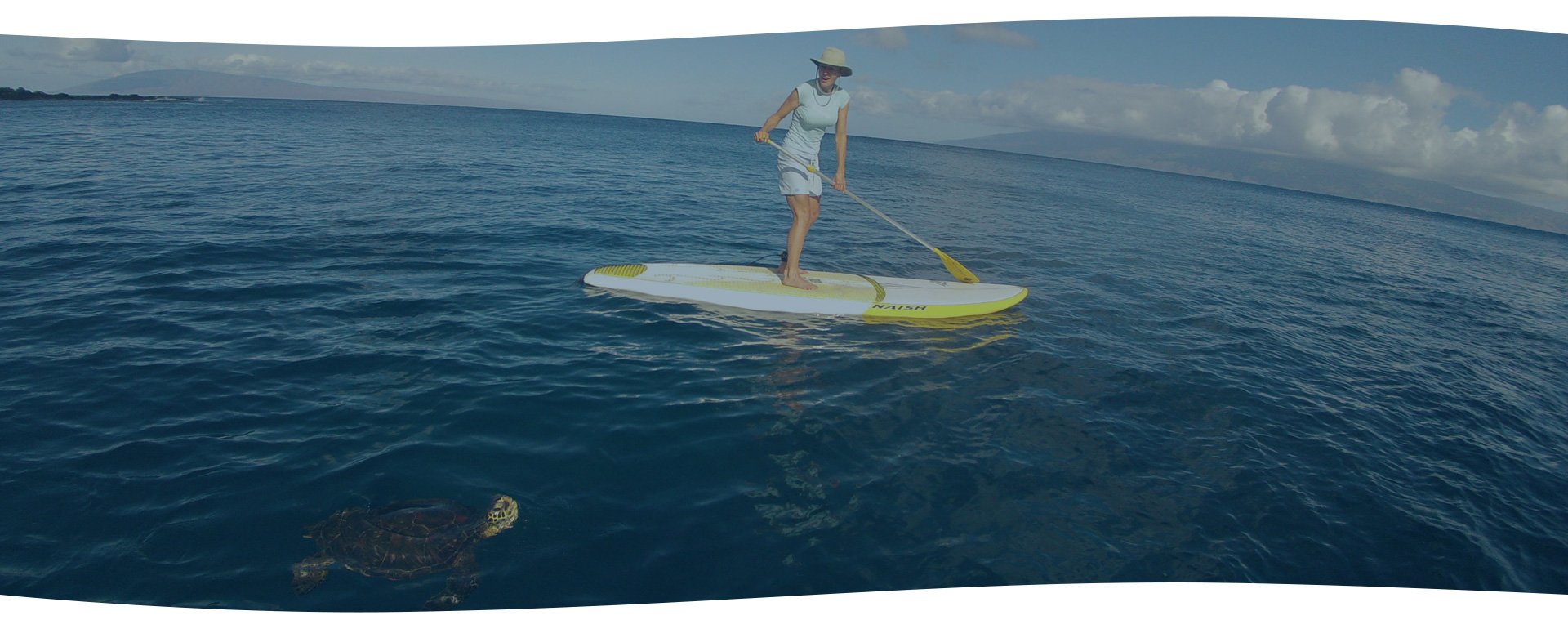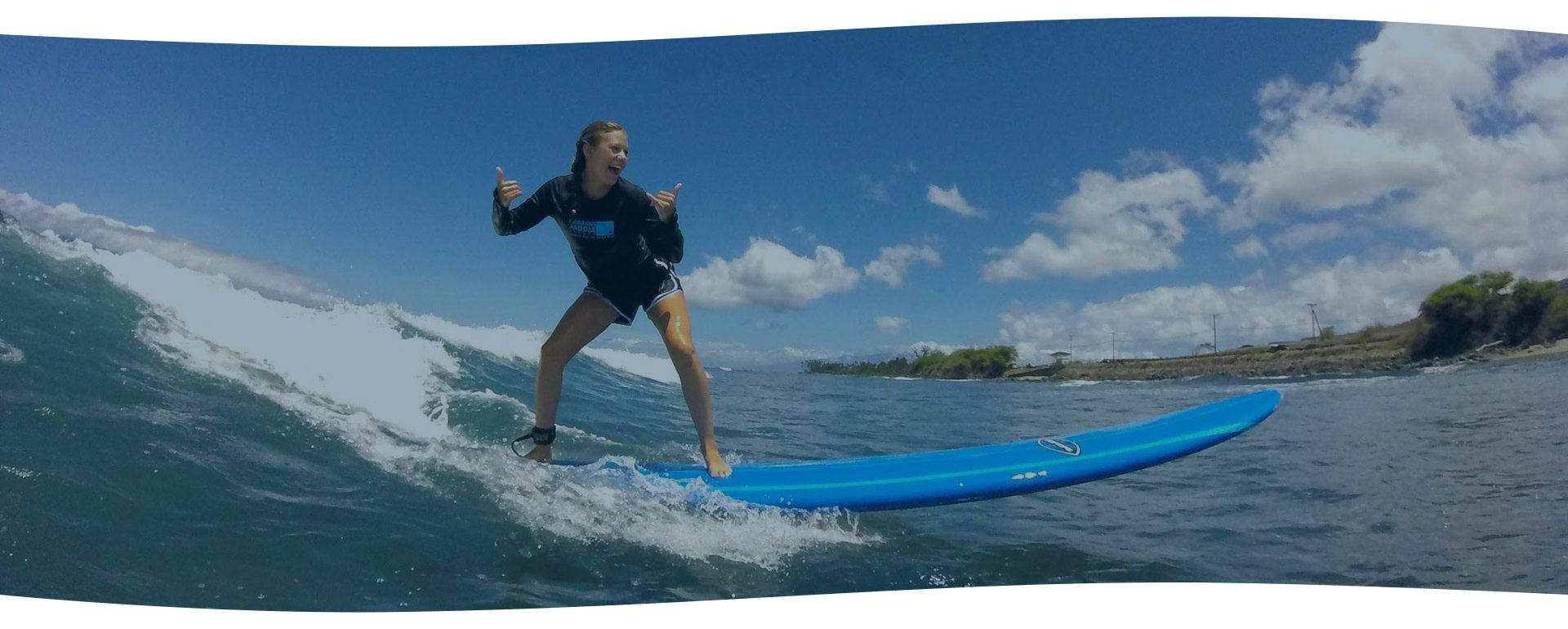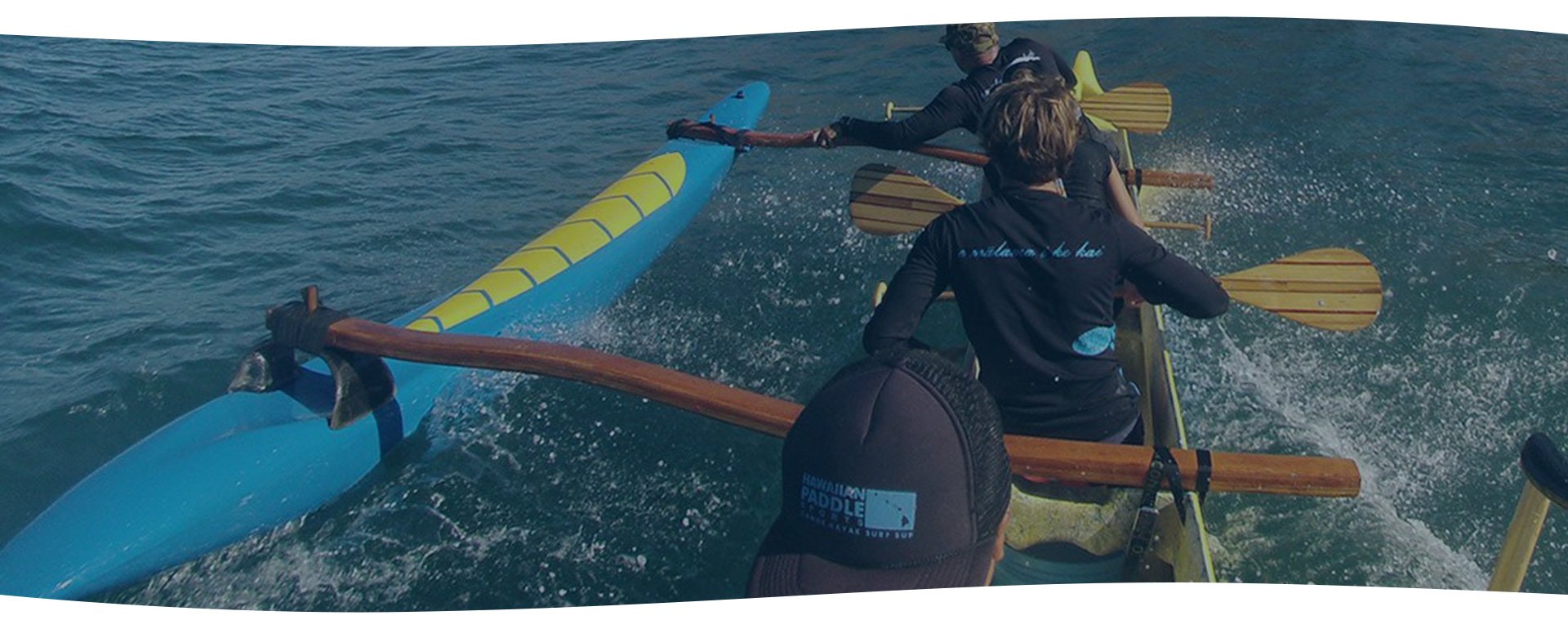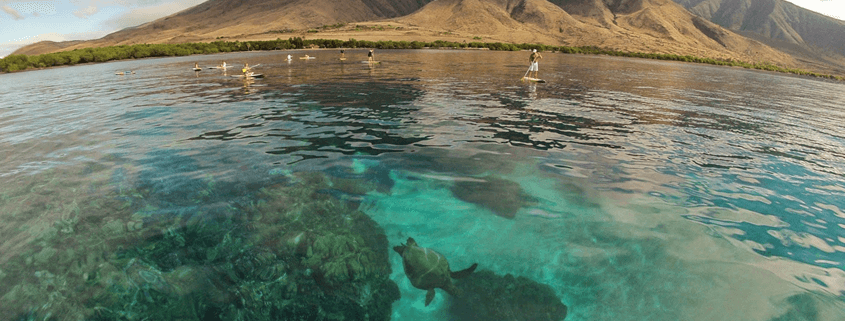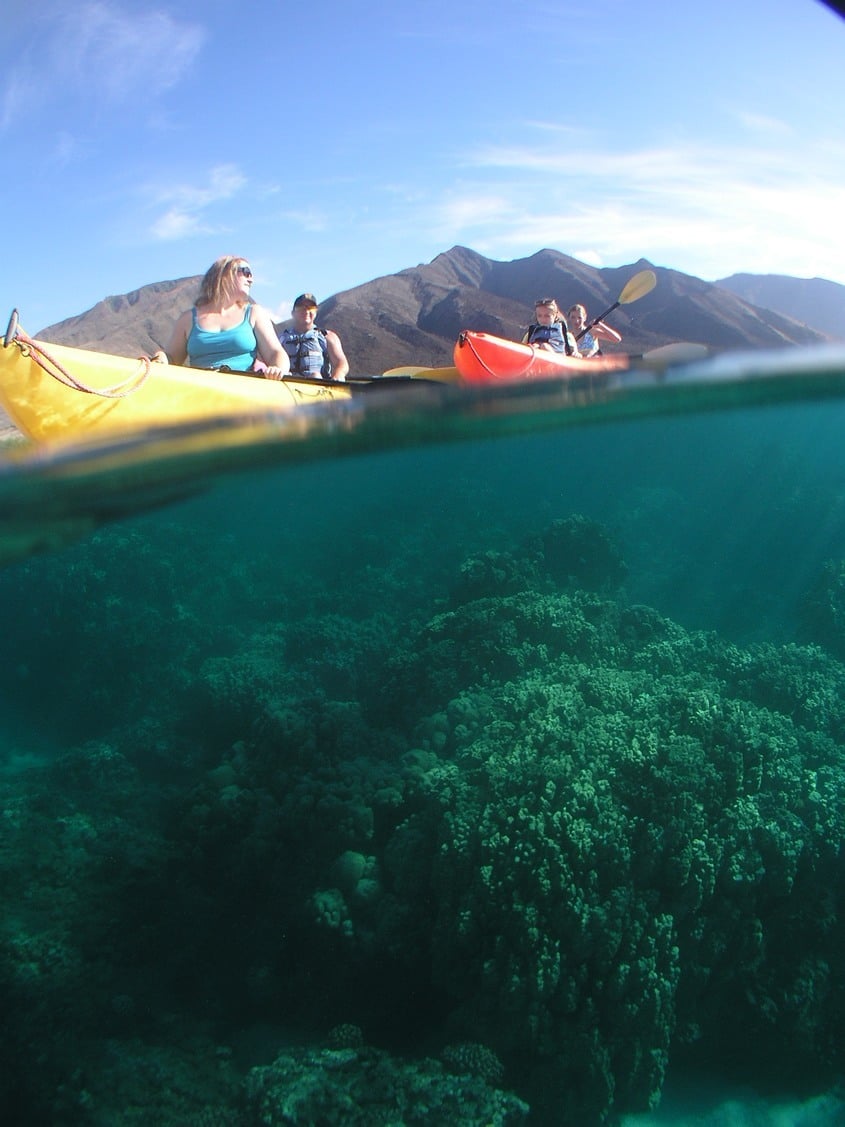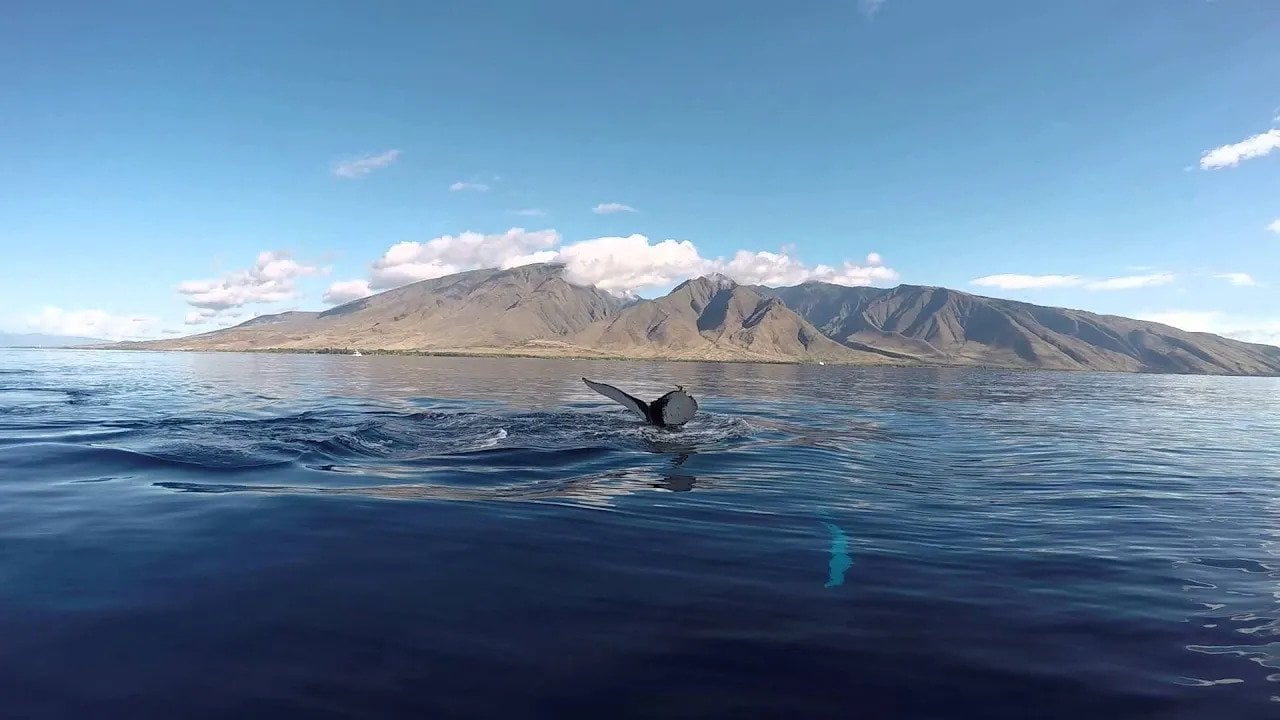Ancient Hawaiians who settled this area cultivated the land in order to grow crops such as breadfruit and taro (grown in higher elevation areas with water from a nearby stream), and sweet potato and coconuts closer to shore. Residents who lived near the ocean worked on a trading system with those who lived farther up the valley, often trading fresh fish for wild pigs and wood for canoes.

Kawaialoa heiau, an ancient Hawaiian temple found in Olowalu, is thought to have been used for religious ceremonies for Maui’s high chiefs. In fact, there was once a fishpond in the area, or Kaloko o Kapa’iki, where fish were grown specifically for the high chiefs. Some of Hawaii’s best-known petroglyphs, called Pu’u Kilea, are located on a basalt cliff here, serving as a reminder of the way of life of ancient Hawaiians and depicting images of family members, royalty, animals, and sails.
In 1790, Iao Valley became the site of the Battle of Kepaniwai as King Kamehameha battled to unite the Hawaiian Islands. After landing on Maui’s north shore and defeating a substantial portion of Maui’s Army, the remaining members of Maui’s royalty, none of whom were killed in the process, fled to the shores of Olowalu through the Iao-Olowalu pass, considered one of the most dangerous and difficult routes on Maui. That same year, Hawaiians living in Olowalu stole the boat Eleanora, an American ship, killing a sailor and angering Captain Simon Metcalfe in the process. In response, Metcalfe sailed to Olowalu, promising Olowalu’s residents a peaceful trade, and opened fire, killing more than 100 Hawaiians that lived in the area, now dubbed the “Olowalu Massacre”.
In the 1820’s, as an influx of Europeans and Protestant missionaries began settling the area, St. Joseph Church was built and sugarcane was introduced as the main crop. In 1864, King Kamehameha V invested in the West Maui Sugar Company, which eventually became Olowalu Sugar Company, and hired German, Japanese, Chinese, Portuguese, South Sea Island, Puerto Rican, Korean and Filipino workers to keep up with demand. During this time, Olowalu was home to many businesses and organizations, including Nihonjin Shokai, a Japanese Store, C. Sam Lung & Company, a general store and coffee saloon, a Japanese language school, second one-room school, and Olowalu Theatre.
Workers typically lived in one of several small camps, including Beach Camp, Filipino Camp, and Makimoto Camp, and fished, farmed and raised livestock for food.
Not long after, the Inter-Island Steamship Company began using Olowalu landing as a place to pick up and deliver mail, passengers, and goods. When the Pioneer Mill Company bought Olowalu Sugar Company in 1931, the school closed and the community began to disperse as company housing was phased out.




